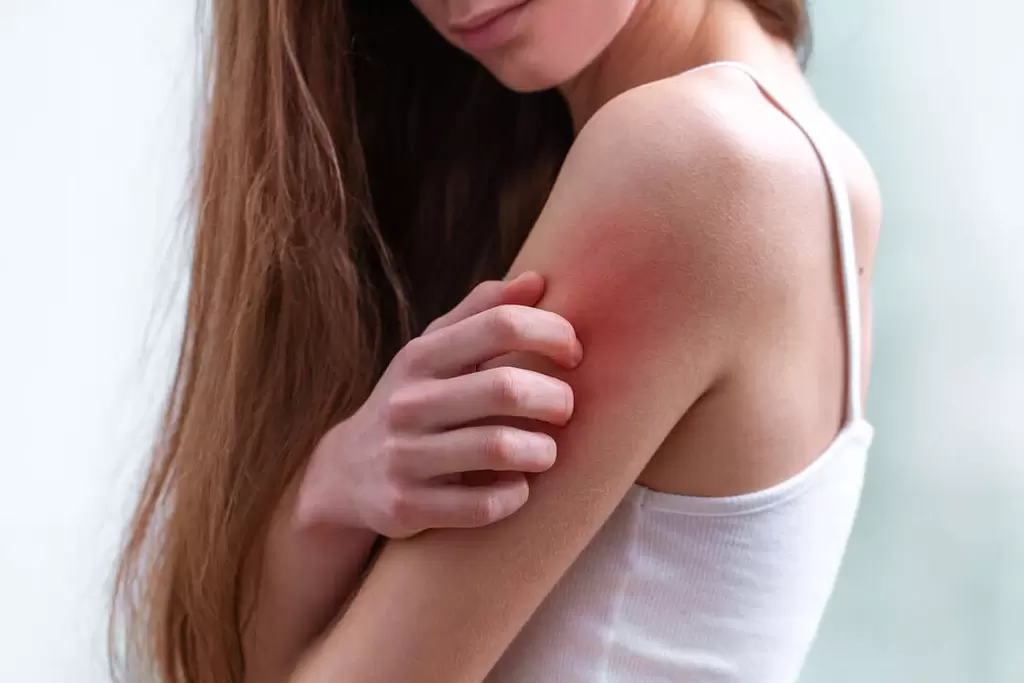Can Pain Relief Patches Cause Allergies? Causes of Rash, Redness, and Itching Explained

Can Pain Relief Patches Cause Allergies? Causes of Rash, Redness, and Itching Explained
Pain relief patches are a handy tool for alleviating discomfort, but sometimes the skin may develop allergic reactions to them. Common symptoms include redness, swelling, stinging, itching, burning sensations, and blistering. These reactions typically appear within two hours of applying the patch. So, what can we do to manage and resolve these allergic symptoms?
How Do Allergic Reactions Happen?
Allergic reactions to patches may occur due to sensitivity to the medication or the adhesive materials used in the patch. Complex medicinal formulas or organic solvents in the patch material can trigger allergic responses. Allergies to medicinal ingredients, such as honey, vinegar, or solvent oils in compounded patches, are common causes. Another reason is an allergy to the adhesive materials of the patch itself. Traditional pain relief patches often use solvent-based resins as adhesives, which require organic solvents for softening during production. These organic solvents are a major source of allergic reactions. Such patches often have strong adhesive properties and may emit a pungent odor.
How to Handle Allergic Symptoms?
If an allergic reaction occurs, immediately remove the patch and clean the affected area with clean water or saline solution to remove any residual medication or adhesive. Keep the area dry. Next, apply a lightweight moisturizing lotion or aloe vera gel to help the skin recover. If itching persists, wrap an ice pack in a towel and gently apply it to the area. If blisters form, avoid popping them; instead, cover them with sterile gauze for protection. If the blisters burst, seek medical attention promptly.
How to Prevent Allergic Reactions?
To avoid allergic reactions, perform a patch test on your hand before full application. Limit the duration of patch use and ensure your skin gets enough rest between applications to prevent irritation from prolonged exposure. If your skin shows signs of an allergic reaction, stop using the product immediately and provide proper skin care. If symptoms persist or worsen, consult a medical professional for assistance.